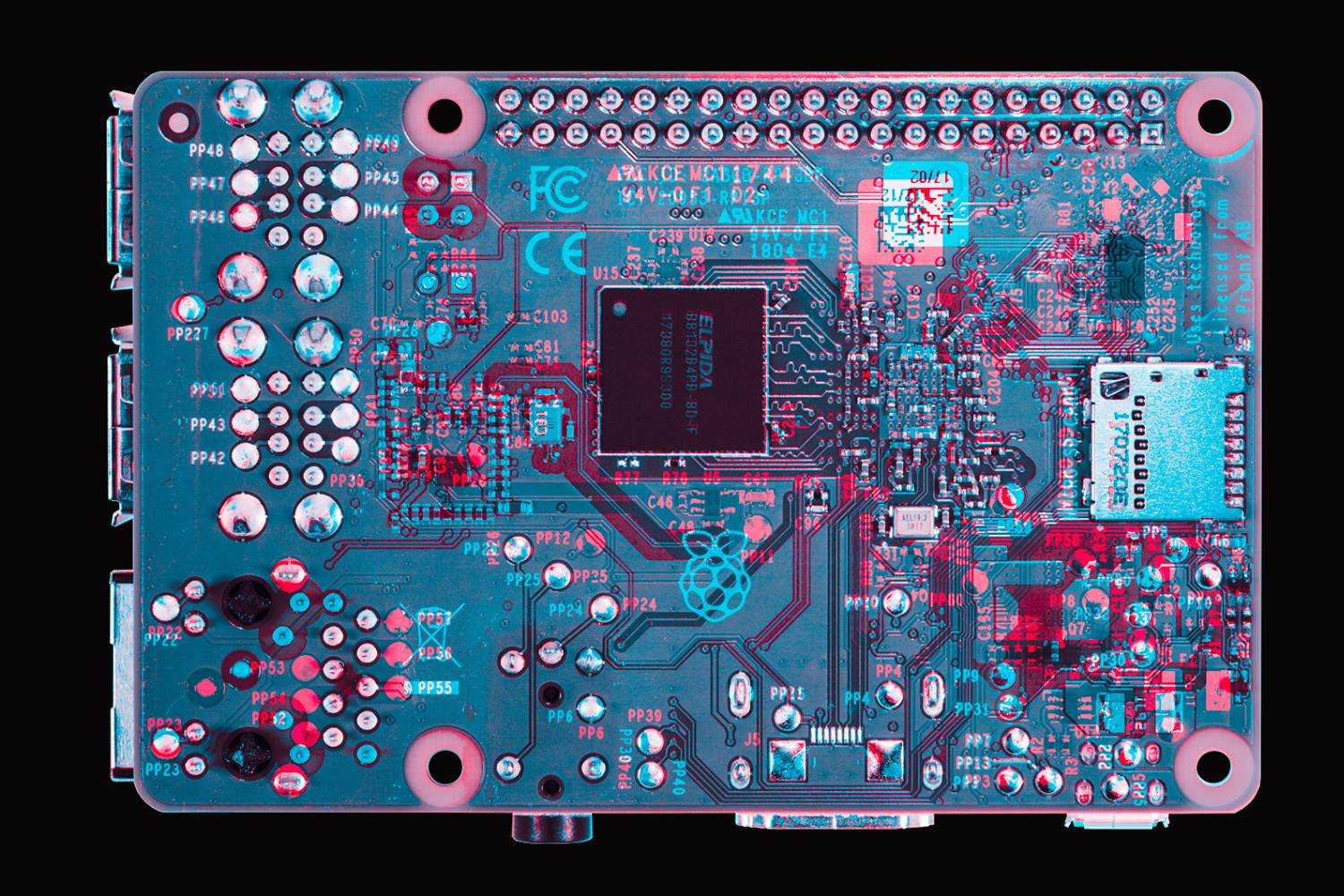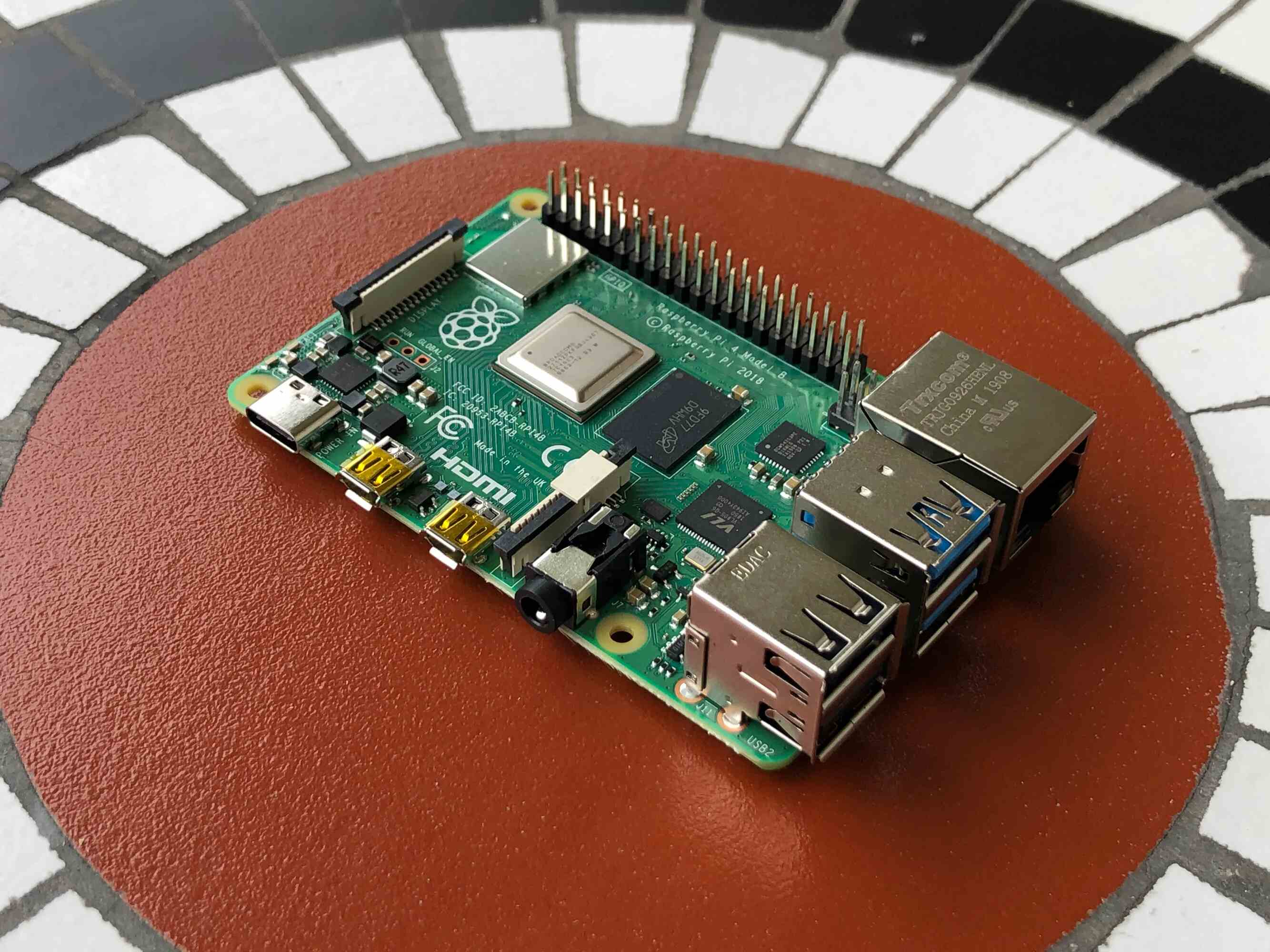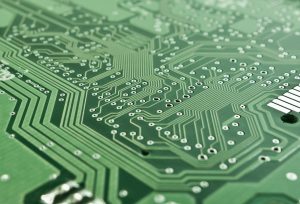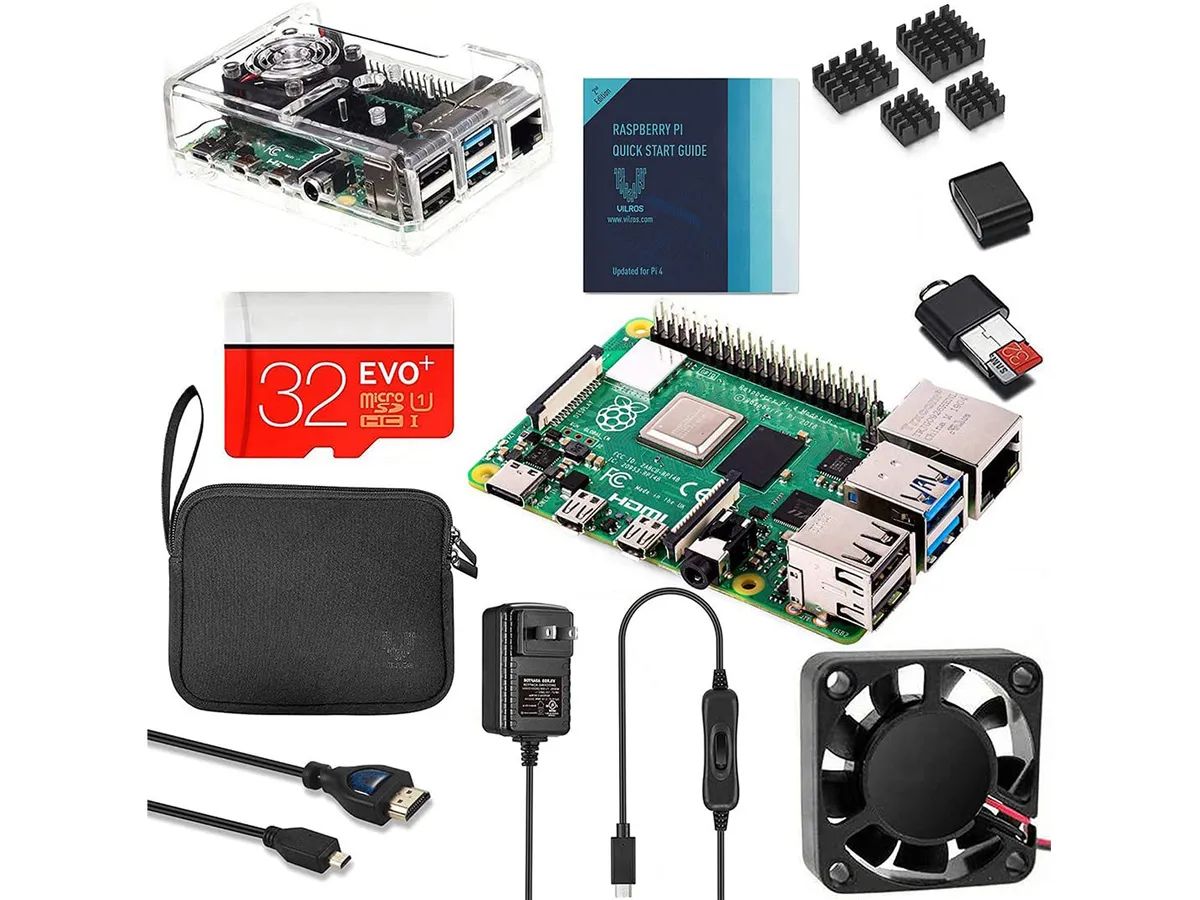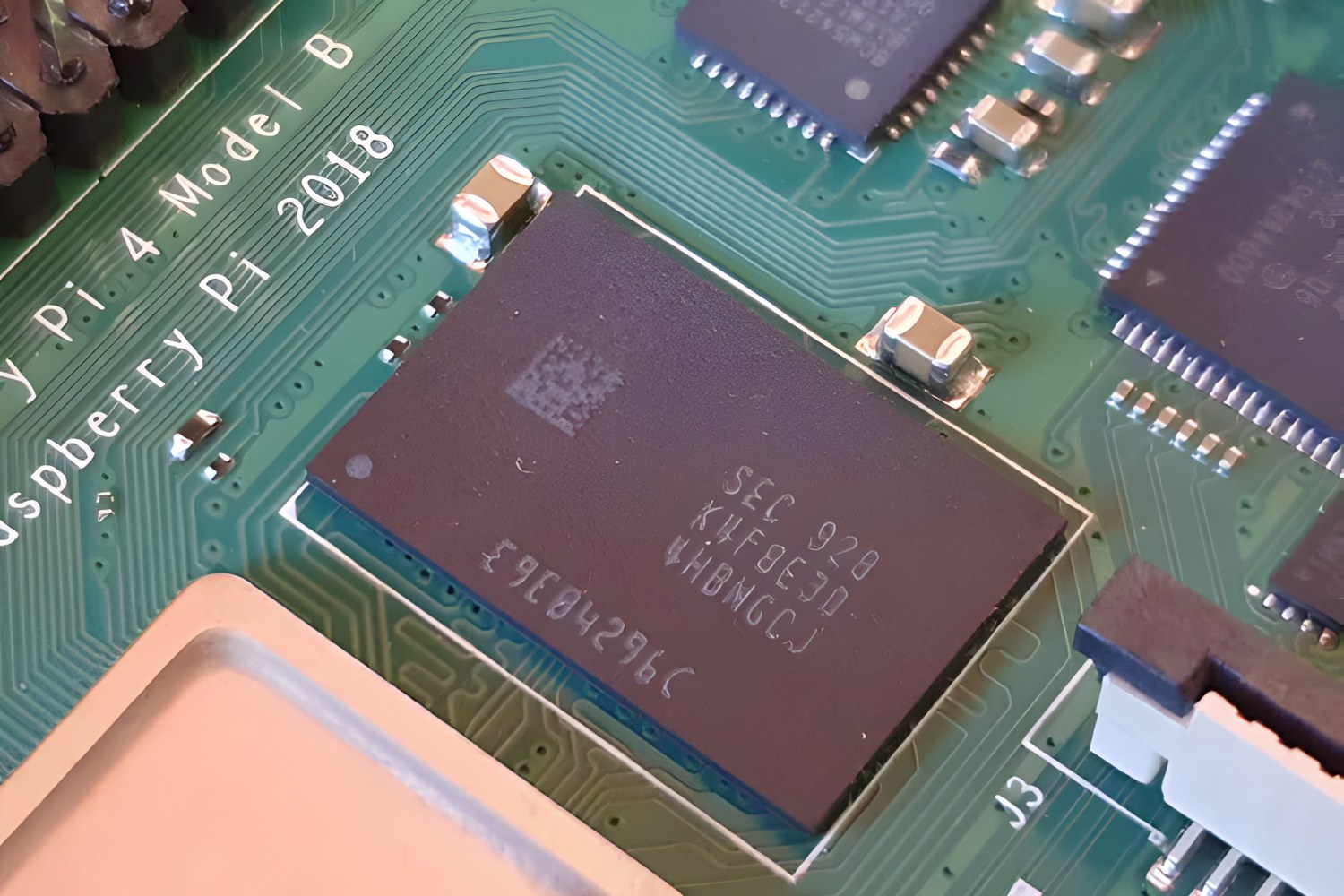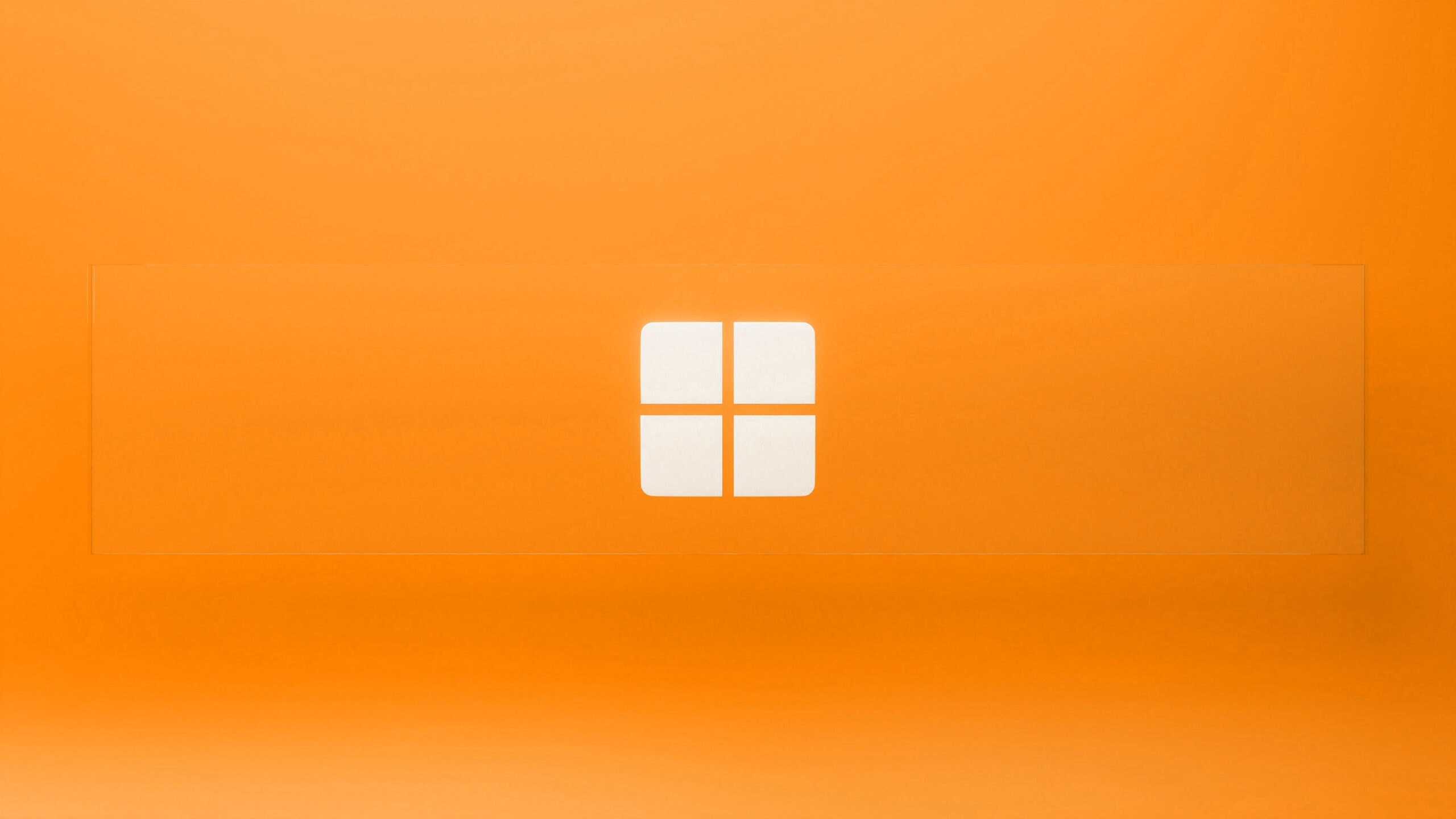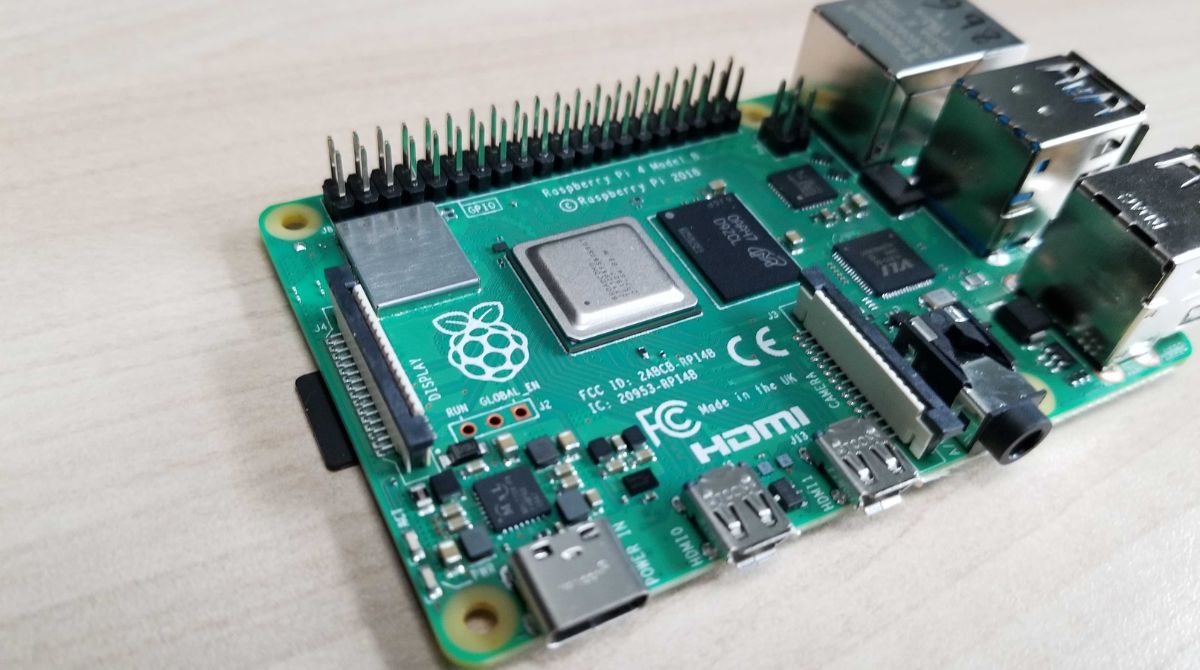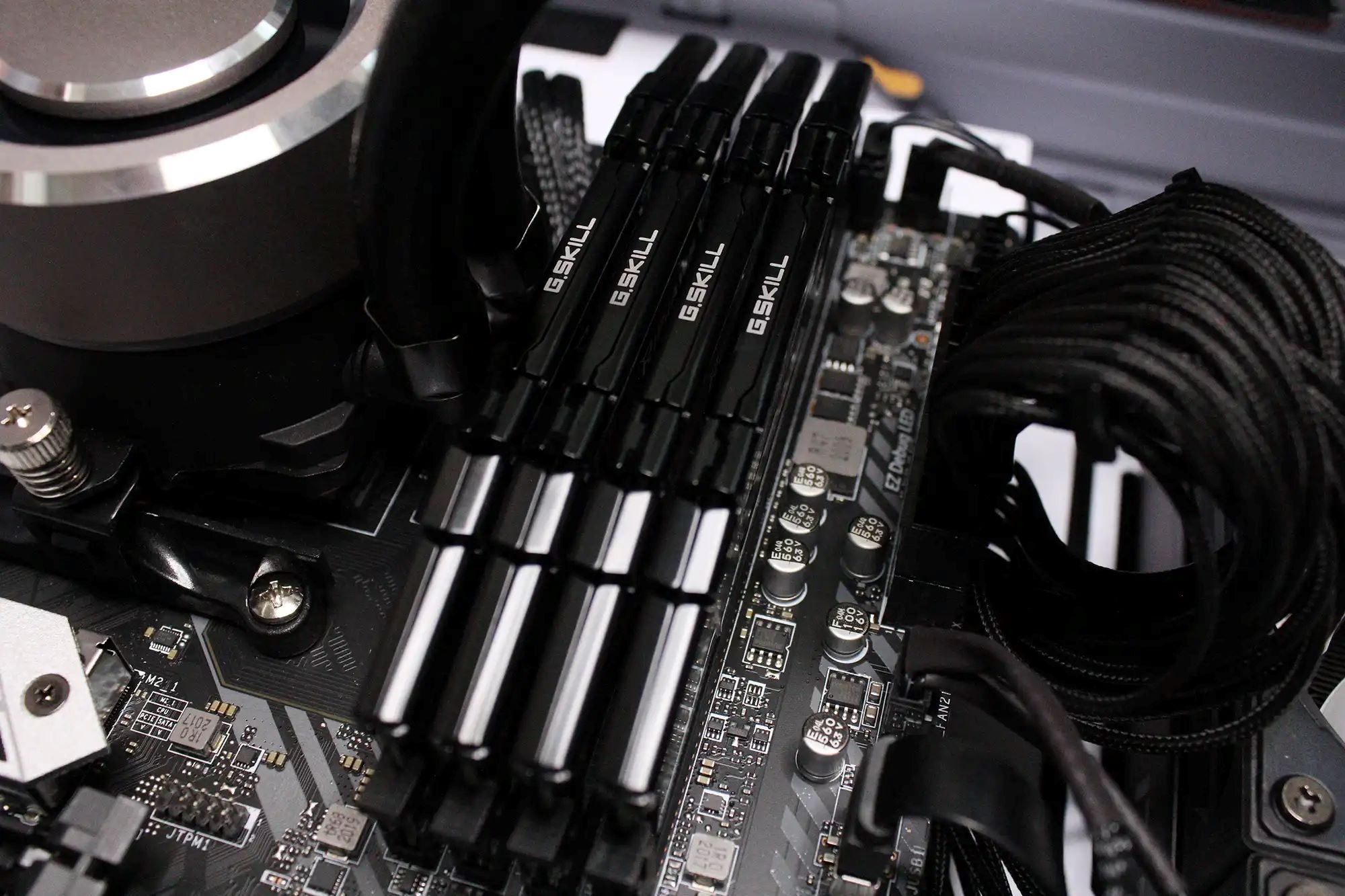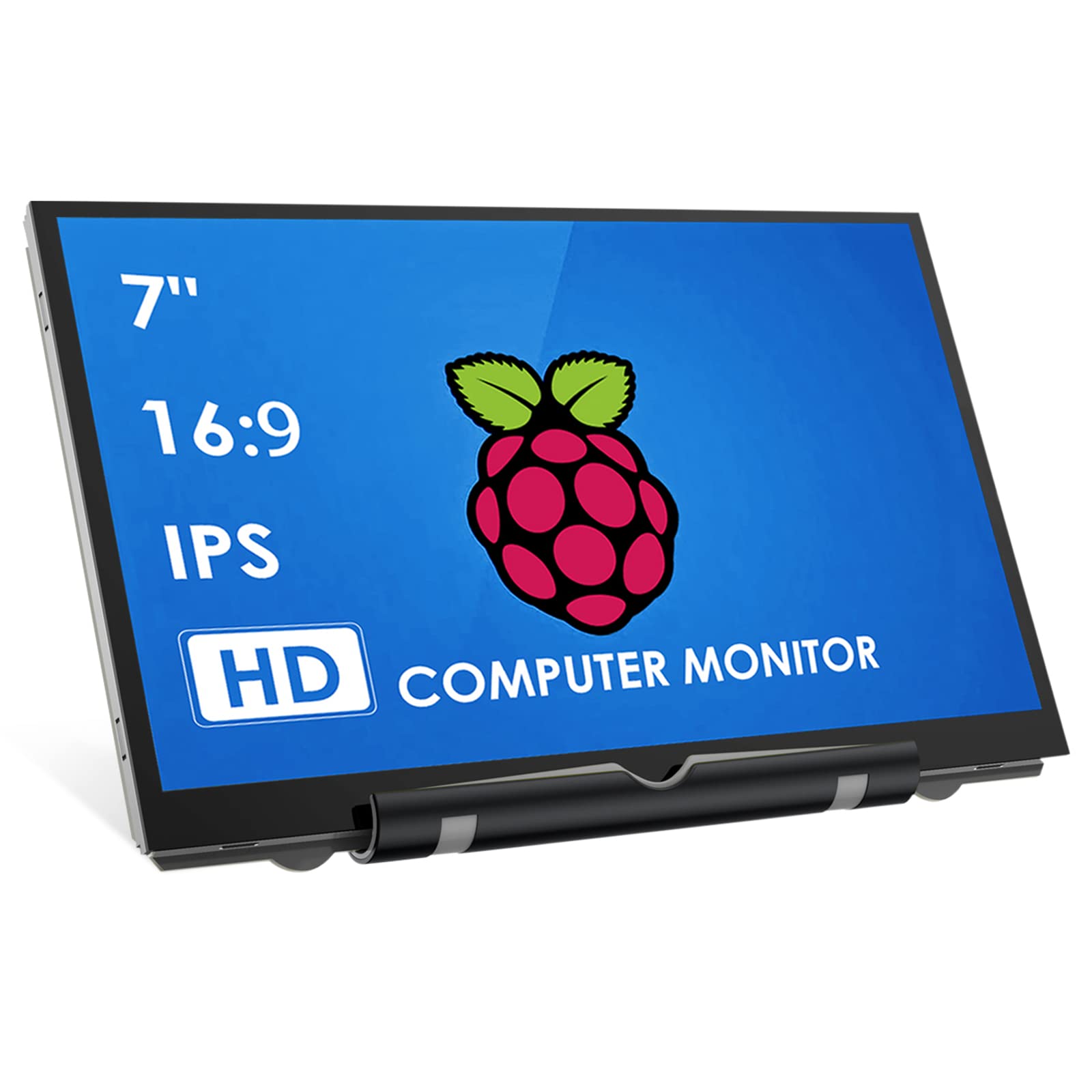Introduction
Welcome to the world of Raspberry Pi 3 B+, the popular single-board computer that has revolutionized the field of electronics and computing. If you’re new to Raspberry Pi, you might be wondering about its specifications, particularly its RAM capacity. RAM, or Random Access Memory, is a vital component that affects the overall performance of any computing device. In this article, we’ll explore the RAM capabilities of the Raspberry Pi 3 B+ and understand why it is such an important factor when considering this powerful mini-computer.
The Raspberry Pi 3 B+ is an impressive device that boasts a wide range of features and capabilities. It offers a remarkable balance of size, power, and affordability, making it ideal for various projects, whether you’re a hobbyist, a student, or a professional. However, before we dive into the specifics of its RAM capacity, let’s briefly understand what RAM is and its role in a computing system.
RAM, also known as primary memory or main memory, is a type of volatile memory that stores data and instructions temporarily while the computer is running. Unlike storage devices such as hard drives or solid-state drives, RAM allows for faster data access, enabling the CPU to quickly retrieve and manipulate information. In simpler terms, RAM acts as a temporary workspace where the operating system and applications can store and access data quickly, resulting in improved performance and responsiveness.
Now that we have a basic understanding of RAM, we can explore the specific RAM configuration of the Raspberry Pi 3 B+. Understanding the RAM capacity is crucial as it can have a significant impact on the device’s multitasking capabilities and overall performance. So, let’s find out exactly how much RAM the Raspberry Pi 3 B+ has to offer.
The Raspberry Pi 3 B+ Overview
The Raspberry Pi 3 B+ is the third-generation model in the highly popular Raspberry Pi series. It is a credit-card-sized single-board computer developed by the Raspberry Pi Foundation. With its compact size and powerful capabilities, the Raspberry Pi 3 B+ has gained immense popularity among tech enthusiasts, educators, and DIY hobbyists.
One of the key features of the Raspberry Pi 3 B+ is its impressive processing power. It is equipped with a 1.4 GHz quad-core ARM Cortex-A53 processor, which allows for efficient multitasking and high-performance computing. This processing capability makes it suitable for a wide range of applications, including robotics, home automation, media centers, and more.
Connectivity is another area where the Raspberry Pi 3 B+ excels. It offers built-in Wi-Fi and Bluetooth, allowing for seamless wireless communication. This means you can easily connect the Raspberry Pi to the internet or connect it with other devices without the need for additional accessories or dongles.
Furthermore, the Raspberry Pi 3 B+ features a Gigabit Ethernet port, four USB 2.0 ports, a full-size HDMI port, a 3.5mm audio jack, a microSD card slot for storage, and a CSI camera connector. These connectivity options make it incredibly versatile and compatible with a wide range of peripherals and accessories.
When it comes to display capabilities, the Raspberry Pi 3 B+ supports resolutions of up to 1080p through its HDMI port. This means you can connect it to a monitor or television and enjoy high-definition visuals. Additionally, it supports OpenGL ES 2.0, which allows for smooth and efficient graphics rendering.
Powering the Raspberry Pi 3 B+ is also incredibly straightforward. It features a micro USB connector for power input, which is compatible with most standard USB power adapters. This makes it easy to power the device using a wall socket or even a power bank, providing flexibility and convenience.
Overall, the Raspberry Pi 3 B+ combines high-performance computing, connectivity, and convenience in a compact and affordable package. Whether you’re a beginner looking to learn programming, a hobbyist looking to build projects, or an educator looking to enhance classroom learning, the Raspberry Pi 3 B+ offers a world of possibilities.
What Is RAM?
RAM, which stands for Random Access Memory, is a crucial component in any computing device, including the Raspberry Pi 3 B+. It plays a vital role in the overall performance and responsiveness of a computer system.
RAM is a type of volatile memory that provides temporary storage for data and instructions that the computer processor needs to access quickly. Unlike long-term storage devices such as hard drives or solid-state drives (SSDs), RAM is much faster but also more limited in capacity.
When you run an application or open a file on your computer, the operating system copies the necessary data from the storage device into RAM. This allows the CPU to access and manipulate the data quickly, resulting in faster processing and smoother user experience.
Think of RAM as a workspace where the computer keeps the information it needs right now. The data stored in RAM is constantly changing as different programs and processes are run. This dynamic nature of RAM allows for quick data access and efficient multitasking.
RAM can be accessed randomly, which means that any byte of data stored in RAM can be accessed directly without the need to start from the beginning. This random access feature enables the processor to retrieve data from different parts of RAM in any order, improving overall system performance.
It is important to note that RAM is a volatile form of memory, meaning it requires a constant power source to retain the data stored within it. When the computer is powered off or restarted, the data in RAM is lost. Therefore, it is essential to save your work and data on permanent storage, such as a hard drive or SSD, to preserve it for future use.
The size of RAM directly affects the performance and responsiveness of a computer system. Generally, the more RAM a system has, the better it can handle multitasking and memory-intensive applications. With sufficient RAM, your system can efficiently store and access a larger amount of data, reducing the need to constantly load and unload information from the storage device.
In the case of the Raspberry Pi 3 B+, the amount of RAM it has determines its multitasking capabilities and the smoothness of its performance. In the next section, we will delve into the specific RAM configuration of the Raspberry Pi 3 B+ and understand how much RAM it offers.
RAM in the Raspberry Pi 3 B+
The Raspberry Pi 3 B+ features a dedicated RAM chip that provides the necessary memory for the system to operate efficiently. The RAM used in the Raspberry Pi 3 B+ is a type of memory known as LPDDR2 SDRAM, which stands for Low-Power Double Data Rate Synchronous Dynamic Random Access Memory.
The Raspberry Pi 3 B+ is equipped with 1GB of LPDDR2 SDRAM. This amount of RAM may seem relatively small compared to the RAM capacities of desktop computers or laptops, which can often have several gigabytes or even tens of gigabytes of RAM. However, considering the Raspberry Pi’s intended use as a compact and affordable single-board computer, 1GB of RAM is quite sufficient.
The LPDDR2 SDRAM used in the Raspberry Pi 3 B+ offers a good balance between power consumption and performance. LPDDR2 is designed specifically for low-power, mobile devices, making it an ideal choice for the energy-efficient Raspberry Pi 3 B+. It provides a relatively high data transfer rate while consuming minimal power, which is crucial for a device that can be powered by a simple USB adapter or a portable power source.
It is worth noting that the RAM on the Raspberry Pi 3 B+ is not expandable. Unlike some traditional desktop computers where you can add more RAM modules to increase the system’s memory capacity, the Raspberry Pi 3 B+ has a fixed 1GB of RAM built into its board. Therefore, it’s important to consider your project’s memory requirements when deciding whether the Raspberry Pi 3 B+ will be suitable for your needs.
While 1GB of RAM may seem modest when compared to larger systems, the Raspberry Pi 3 B+ is optimized to run lightweight Linux-based operating systems such as Raspbian. These operating systems are designed to be efficient and make the most of the available memory. With proper optimization and efficient coding, the Raspberry Pi 3 B+ can handle a wide range of tasks, from web browsing and media playback to simple gaming and programming projects.
In the next section, we will explore why RAM is an important consideration when using the Raspberry Pi 3 B+ and how it can impact the device’s performance and capabilities.
How Much RAM Does the Raspberry Pi 3 B+ Have?
The Raspberry Pi 3 B+ is equipped with a total of 1GB of RAM, specifically LPDDR2 SDRAM. This amount of RAM may not seem like a lot compared to modern desktop computers or laptops, which often come with several gigabytes of RAM, but it is important to consider the Raspberry Pi’s intended purpose and design.
Although 1GB of RAM may be considered relatively small by today’s standards, it can still handle a variety of tasks and applications efficiently. The Raspberry Pi Foundation has optimized the device’s operating system, Raspbian, to be lightweight and resource-efficient, ensuring smooth performance even with limited RAM.
While certain resource-intensive applications may require more RAM, the Raspberry Pi 3 B+ can still handle many common tasks and projects with ease. Whether you’re using it as a media center, a web server, or for educational programming, the 1GB of RAM provides sufficient capacity for most projects.
However, it’s worth noting that the RAM in the Raspberry Pi 3 B+ is not expandable. Unlike traditional desktop computers where you can add more RAM modules, the Raspberry Pi 3 B+ has a fixed 1GB of RAM soldered onto its board. Therefore, it is important to consider your project’s memory requirements before deciding to use the Raspberry Pi 3 B+.
To make the most of the available RAM, it is recommended to optimize your software and applications, minimizing the memory footprint and ensuring efficient usage. This can include techniques such as closing unnecessary programs, optimizing code, and reducing unnecessary background processes.
In summary, the Raspberry Pi 3 B+ comes with 1GB of LPDDR2 SDRAM, providing a balance between performance and power consumption. While it may not offer expansive memory like traditional desktop computers, it provides sufficient capacity for a variety of projects and tasks when properly optimized.
Why is RAM Important for the Raspberry Pi 3 B+?
RAM, or Random Access Memory, plays a crucial role in the performance and capabilities of the Raspberry Pi 3 B+. While the 1GB of RAM in the Raspberry Pi 3 B+ may seem modest compared to other computing devices, it remains a vital component for several reasons.
First and foremost, RAM enables the Raspberry Pi to run multiple programs and processes simultaneously. With a sufficient amount of RAM, the device can store and access the data required by various programs, allowing for efficient multitasking. This is particularly important if you’re using the Raspberry Pi 3 B+ for tasks such as web browsing, media playback, or running multiple applications at the same time.
The Raspberry Pi 3 B+ relies on its RAM to store program instructions and data temporarily. By doing so, it ensures that the CPU can access and process information quickly, resulting in improved system performance. With limited RAM, the Raspberry Pi may experience slowdowns or become unresponsive when dealing with memory-intensive tasks. Therefore, having enough RAM is essential to maintain smooth operations and responsiveness.
RAM is also critical for managing the device’s graphical performance. When running graphic-intensive applications or displaying high-resolution images, the Raspberry Pi 3 B+ relies on its RAM to store and cache graphical data. Sufficient RAM ensures that the device can handle demanding graphics seamlessly, providing a smooth and visually pleasing experience.
In addition, RAM is crucial for virtual memory management. Virtual memory allows the Raspberry Pi to use a portion of the storage device, usually the microSD card, as an extension of the physical RAM. This feature is helpful when the device runs out of available RAM, enabling the storage device to act as additional memory. However, it’s important to note that relying too heavily on virtual memory, also known as swapping, can negatively impact performance due to slower access times compared to physical RAM.
Furthermore, RAM capacity is a consideration when working with large datasets or complex applications. Projects that involve data analytics, machine learning, or extensive calculations may benefit from larger RAM capacities to accommodate the increased storage and processing requirements.
Ultimately, while the Raspberry Pi 3 B+ comes with 1GB of RAM, which may seem limited compared to other devices, it is still a capable amount for many projects and tasks. By optimizing your software, managing memory efficiently, and considering the demands of your specific projects, you can make the most of the available RAM and ensure optimal performance with the Raspberry Pi 3 B+.
Conclusion
The Raspberry Pi 3 B+ is a remarkable single-board computer that offers a powerful yet compact solution for various projects and applications. While it may have a relatively modest 1GB of RAM, the device is optimized to make the most of its available memory and deliver efficient performance.
RAM is a crucial factor in the overall performance of the Raspberry Pi 3 B+. It allows for multitasking, efficient data access, and smooth operation of applications and processes. The LPDDR2 SDRAM used in the Raspberry Pi 3 B+ strikes a balance between performance and power consumption, making it an ideal choice for a device that operates with minimal power requirements.
Although the 1GB of RAM may not match the capacities of larger desktop computers or laptops, it is still sufficient for many projects and tasks when properly optimized. With a lightweight operating system like Raspbian and efficient software development practices, the Raspberry Pi 3 B+ can handle a wide range of applications, from media centers and web servers to educational programming projects.
It is important to consider the specific memory requirements of your projects when choosing the Raspberry Pi 3 B+. Remember that the RAM on the device is not expandable, so it is essential to plan accordingly and ensure that the available memory meets the demands of your intended tasks.
In conclusion, the Raspberry Pi 3 B+ with its 1GB of RAM provides a powerful platform for various projects and applications. By understanding the capabilities and limitations of its memory, you can optimize your software, manage the available resources efficiently, and maximize the potential of this remarkable single-board computer.







